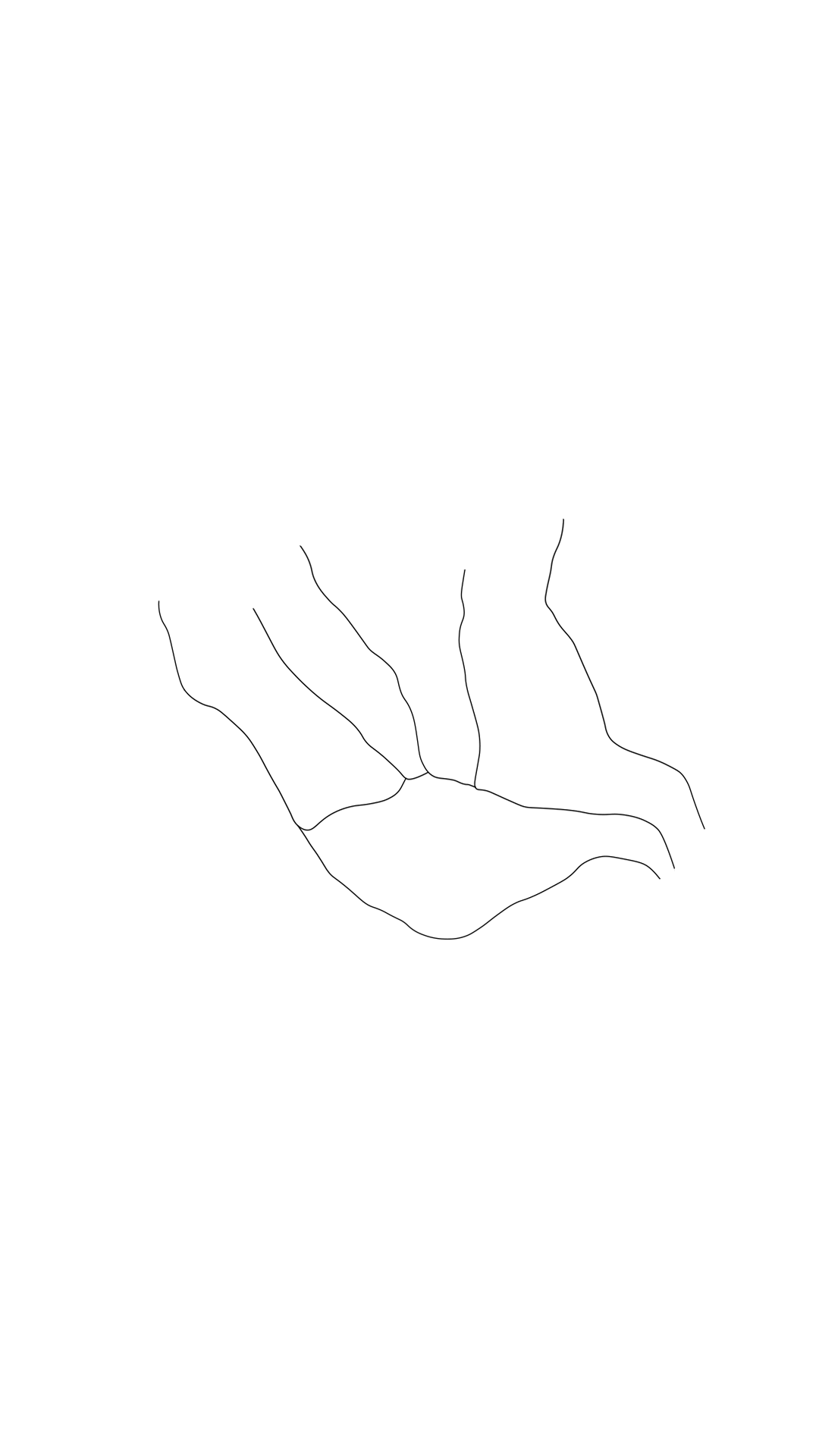A forest landscape consists of different forest stands. When a forest is harvested, another keeps growing while a third remains protected. This demo presents the continuous changes in forest landscape over the long term. You will also find information about the different forest development stages and forestry operations carried out in each.

The forest landscape is an ever-changing mosaic of forest stands in different development stages. Forest growth and forest management activities affect forest structure. Over time, age-class distribution changes: open areas turn into seedling stands, seedling stands into thinning stands and thinned forests develop into mature stands. Natural dynamics also influence changes in protected forest sites.
In sustainably managed forest landscapes, there are always forest stands of varying ages where tree species are present. Forests also vary in structure, and there are different kinds of protected areas. Sustainable management also means that forests grow more than what is harvested. These factors create a basis for biodiversity, forest carbon sinks and multiple forest uses. Simultaneously, forests provide work, income and renewable wood material that can be used to produce alternatives for fossil-based products.
After regeneration felling, a new forest is always established. This is usually done the same year or the year following harvesting. First, soil is prepared to create favourable growth conditions for new trees. The main tree species is selected based on site properties. Seedlings are planted or seeds are sown in prepared soil. As well as cultivated trees, seedlings of different tree species are born naturally. Regeneration areas are suitable habitats for species that require light and open conditions. Flower plants are abundant, which attract many pollinators.
A young seedling stand is a forest stand under 1.3 metres in height. For early development and future growth potential, it is extremely important that young seedling stands are taken care of in a timely manner. In young seedling stand clearings, space is created for seedlings of the main tree species by removing other trees and vegetation around them. Naturally regenerated trees are left to grow where they do not disturb the growth of planted seedlings. During the young seedling stand phase, trees have not yet taken over the growth space and plenty of species that prefer an open habitat are present.
Developed seedling stands are over 1.3 meters in height. In tending of seedling stand stem number is cut down to an appropriate growing density to ensure good total growth and to ensure that trees grow to a sufficient diameter before the first commercial thinning. As well as the main tree species, some of naturally regenerated seedlings are left to grow too. In coniferous seedling stands a sufficient share of broadleaved trees is kept to safeguard biodiversity, soil production capacity and forest health. In the developed seedling stand stage, trees are already creating shade and the vegetation that requires open and bright conditions starts to disappear.
Forest growth peaks at the thinning stand phase. The first commercial thinning is usually done when a forest stand is between 20 and 45 years old. This is the first time that commercial timber can be harvested from the forest. This is mainly pulpwood, which is used for example in pulp and paper manufacturing. The second and usually last thinning takes place when the forest stand is approximately 40 to 70 years old. This harvesting produces both logs and pulpwood. In both thinning rounds, the best-quality trees are left to grow. The main tree species is promoted in selection but forests are still grown as mixed stands. Rare tree species are saved. Mosses and twigs like blueberry are returning to the bottom layer of the forest.
From an economic perspective, a forest is ready for final felling when the wood biomass increment slows down and there is a downward trend in the profitability of growing the forest further. In Finland, a forest usually matures when it is between 60 and 100 years of age. During final felling, all trees are harvested from the logging area except retention trees and deadwood, which are left on-site for biodiversity. Harvesting volumes consist of mainly logs. They are used, for example, in the production of sawn timber and plywood. After final felling, a new tree generation is established and the forest rotation cycle starts again.
A forest can also be grown using a continuous cover method without final felling. Continuous cover forestry is applicable for many forest sites where forest regeneration would be difficult or expensive, or when some other value of the forest requires continuous forest cover. Continuous cover forests are unevenly aged and consist of trees of different sizes. Selective cuttings are made every 10 to 20 years. Harvested trees are selected from the dominant tree layer. Harvesting must be intense enough to accelerate the undergrowth and allocate enough light and other growth resources to smaller trees so that they can survive.
In final felling, part of the trees in a logging area are always left as retention trees. Retention trees are valuable for biodiversity. Some of them fall quickly and start to decay, while some will remain standing for decades and develop into old-growth trees. Retention trees provide many habitats for species needing deadwood or old sturdy trees, and they provide shelter for game and nesting places for birds. Retention trees can also be used in the landscape management of logging areas. Best approach for retention trees is to leave them in groups when possible. It is efficient both in the care of nature and forest management.
When implementing forestry operations near water, the part of the forest on the waterfront is left untouched. The width of this buffer zone varies, usually between 10 and 30 metres, depending on the body of water in question, and the topography and features of the waterfront forest. Buffer zones around water are beneficial in many ways: they protect the water from nutrient and solid material runoffs, they are valuable for biodiversity and have a positive impact on shoreline views. Due to the proximity of water, conditions in waterfront forests differ from other forests and they provide habitats for many species that are not found elsewhere.
Over one-quarter of the land area in Finland consists of different peatlands. Peatlands have changed heavily due to human activity. Vast areas have been drained to improve forest growth and peatlands have also been converted to peat production and agricultural land. Natural mires and the species adapted to them have thus become rare. The defining feature of natural peatlands is their water balance. Peatlands with natural water balance are valuable for biodiversity and they are left as set-asides to safeguard nature values linked to peatlands.
Rocky forests are harsh environments where the soil layer is thin or absent. Bare rock areas are found especially on hilltops and on shorelines. The canopy coverage of bare rock forests is below 10% of the area. The micro-climate is bright and dry, and growth conditions such as nutrient and water availability are often very limited. Species adapted to this kind of conditions live on bare rock areas. Because growth levels are poor and forest regeneration is difficult, bare-rock forests are inadequate for wood production. They play a key role in biodiversity, which is why the conservation of these habitats is both economically and ecologically reasonable.
